Ertach Kernow - Cornish heritage recorded in art
Cornish heritage recorded in art
It's good to see many towns and villages actively working to promote the heritage of their community and through that helping benefit their local economy. There is no doubt that those visitors to Cornwall who come to enjoy Cornish culture and wider heritage bring multiple benefits to businesses and those venues built on historic legacies. With over seventy museum and around thirty community archives Cornwall has so much to offer those overseas visitors seeking their personal historic heritage. These are people not necessarily coming to Cornwall for the sun, sea and sand and therefore mostly unaffected by concerns about damp weather and these folk should be better encouraged. Many will no doubt also take advantage of a number of Cornwall’s high-quality art galleries, besides those within museums, which share historic as well as contemporary artwork.
Perhaps talked less about than museums some of Cornwall’s many galleries offer a wonderful look at historic aspects of Cornish towns and places through their paintings and other image related artwork. This is a topic I’ll be looking at in these Ertach Kernow articles during 2023 and how we can learn about the development of some our towns in days before mass photography.
Amongst the best and earliest works recording Cornwall are those paintings by J M W Turner produced as a result of his trips throughout Cornwall around 1811. There are also numerous drawings and paintings that were turned into engravings that contribute important records of our early towns and buildings, such as those by Thomas Allom, J T Blight and others including J M W Turner’s. Many of these were reproduced in books throughout the 19th century including Henry Besley’s, ‘Views in Devon and Cornwall’.
Probably the most well-known gallery for its historic content is Penlee House Gallery and Museum in Penzance where it houses a large collection relating to the Newlyn School of artists covering the period circa 1880 to circa 1940. Painters that made up the Newlyn School group of artists began arriving towards the end of the 19th century drawn by the clean bright light, inexpensive living and lots of interesting subjects and availability of models to draw and paint. Walter Langley and Stanhope Forbes were the pioneering founders of this artistic movement which included other luminaries such as Henry Scott Tuke, Elizabeth Forbes and Lamorna Birch. Forbes was best known for his landscape and realistic scene paintings including ‘A Fish Sale on a Cornish Beach’, accepted by the Royal Academy in 1885 which established his reputation. Scenes like these including Percy Craft’s ‘Tucking a School of Pilchards’ really provide a wonderful record of those times. Besides Newlyn, St Ives was also a favourite haunt of these artists and is now the home of Tate St Ives which includes a considerable collection of Cornish art from over the past one hundred years.
Before these better-known artists, who would make up the Newlyn School and other later artistic groups, were those visiting during the 1840’s and 1850’s. Penzance became a popular early place to visit and paint, one artist in particular made his mark albeit relatively unknown today. Henry Malcolm Geoffroi born in 1825, had when aged fifteen moved from Boulogne, France to London to study at South Kensington School of Art. By 1853 he was living in Penzance where he was the founding Master of what would become the Penzance School of Art.
Initially located in two rooms above the Princes Street Hall, demand from students soon outgrew the available space. Within months Geoffroi had moved the school to Regent House at Voundevour Lane where it was known as the Regent House School of Art. It seems that Geoffroi was somewhat ahead of his time and in 1854 it was recorded that he organised a photographic exhibition of his students work. Although never acknowledged as a professional photographer he was no doubt a knowledgeable amateur, sufficient to instruct his students. It was described as ‘a fine collection of photographs’. In 1856 Geoffroi was only one of five artists listed in Cornwall and by the mid 1860’s is also recorded as master of Truro School of Art and also the Visiting Art Master at Truro (Grammar) School and later Truro Cathedral School. At the time of its founding the Penzance School of Art was the first art school west of Bristol and proved to be a resounding success. By 1880 funds had been raised and construction of the school of art and free library begun. The original designed by the famous Cornish architect Silvanus Trevail was later completed by Henry White. Perhaps by the 1870’s being the master of a school was more lucrative than being an artist as the 1873 directory does not list him as an artist, but a school master. Maybe he was no longer producing artwork, and this explains the small number of paintings that seem to exist, unless of course one of our museums has a hidden hoard of them.
Newquay although perhaps not as well known for early artists had by the late 1870’s its own first professional artist in James Elliot. James born in Plymouth had spent some fifteen years travelling around Cornwall before settling in Newquay. In the 1873 Post Office Directory he is only one of four professional artists listed and whilst in Newquay created a good number of paintings recording early Newquay. Interestingly he was very supportive of the newly formed Cornwall branch of the RSPCS at Penzance in 1880. His letter of support is quoted in the Cornish Telegraph ‘Mr. James Elliott. Newquay, wrote that his experience of the last fifteen years spent chiefly to the outlying district. of Cornwall, assured him that some movement of the kind proposed is highly desirable. The frequent exhibitions of cruelty too and want of sympathy with animals—from the ‘gentlemanly sportsman’, who thrashes his dogs to within an inch of their deaths for some real or fancied disobedience, to the carter who overloads his horses on the sandy beach. and then because they are unable to move, flogs them until he is himself tired points to the want of an active public opinion in this country to assist In controlling this great evil.’ Although not an artistic or photographic record it does add to the story of the start of the RSPCA movement in Cornwall. James would go on to run his own art classes in Newquay as well as travelling to Truro, Bodmin and elsewhere in Cornwall to teach painting at schools and for private individuals.
By the 1870’s there were a large and growing number of photographers around Cornwall. Many of these were concentrating on portraiture within their studios but there were a number taking images which now form a useful archival record of Cornish towns, villages and buildings in the mid to late 19th century. Certainly, those earlier ones are important especially when recording church interiors, before restoration took place and in some cases perhaps ruination might be a better term. Camborne had two outstanding photographers W J Bennetts, who many would have heard of through talks by David Thomas, produced some wonderful images of Camborne and district. This collection owned by Camborne Old Cornwall Society is an important piece of preservation of Cornish heritage. The other Camborne photographer will need no introduction and has been written about in Ertach Kernow before and that is J C Burrow. His images especially those covering underground mining are a spectacular record of Cornwall’s historic heritage.
Newquay had a pioneering photographer and artist Wallace Bennetto who created many valuable images, including a patent for colour photographs. St Austell had the talented William Michell who took many photographs of towns besides bread-and-butter studio portraits. Both of these deserve greater acknowledgement of their work shared about them which will be carried out here during 2023.
Wishing everyone Bledhen Nowydh Da, a Happy New Year.
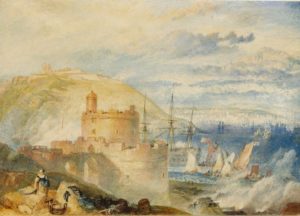
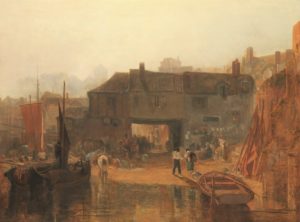
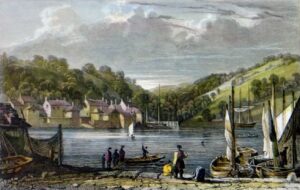
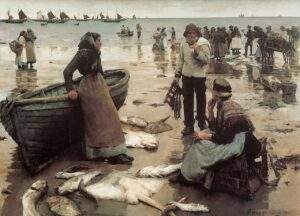
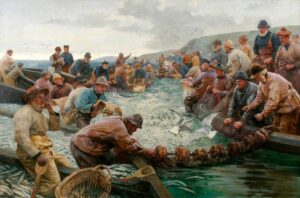
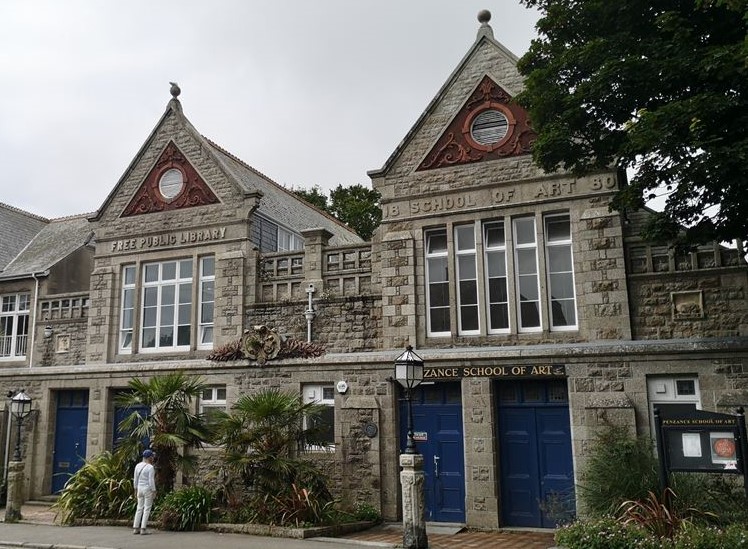
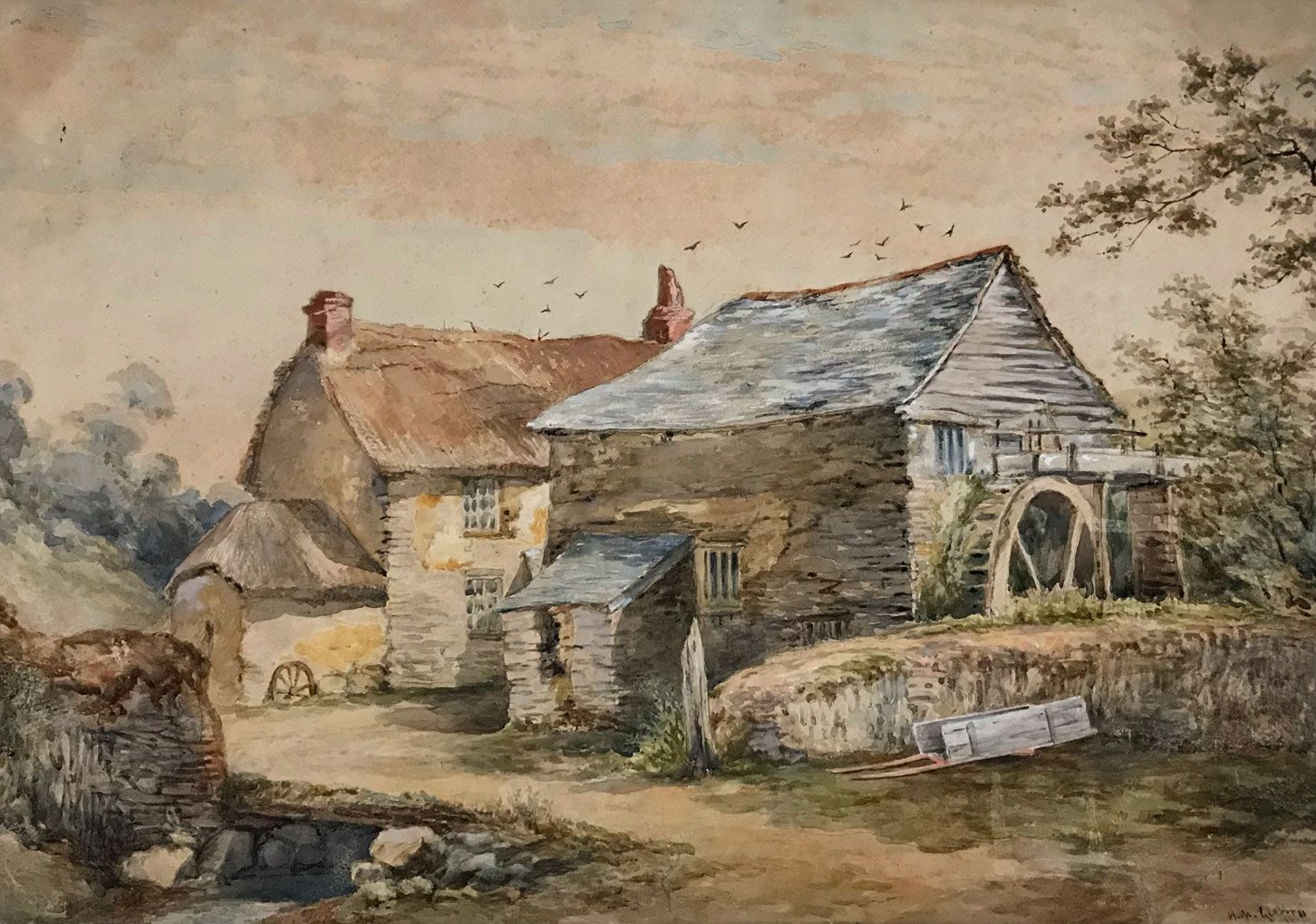
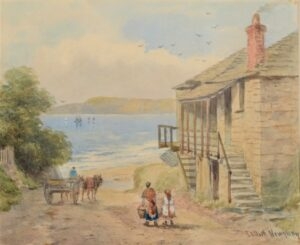
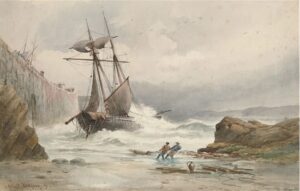
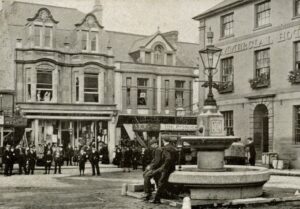
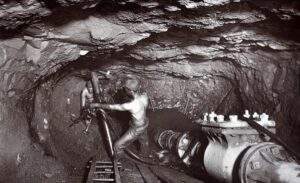
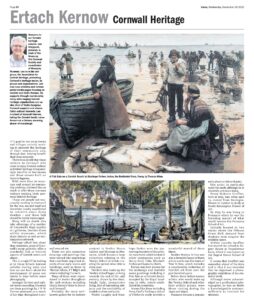
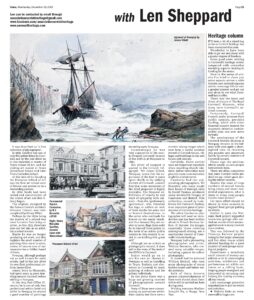
![[131] Ertach Kernow Heritage Column - 28th December 2022 - Up's and downs in Cornish heritage Ertach Kernow Heritage Column - 28th December 2022 - Up's and downs in Cornish heritage](https://www.cornwallheritage.com/wp-content/uploads/2022/12/131-Ertach-Kernow-Heritage-Column-28th-December-2022-Ups-and-downs-in-Cornish-heritage-282x300.jpg)